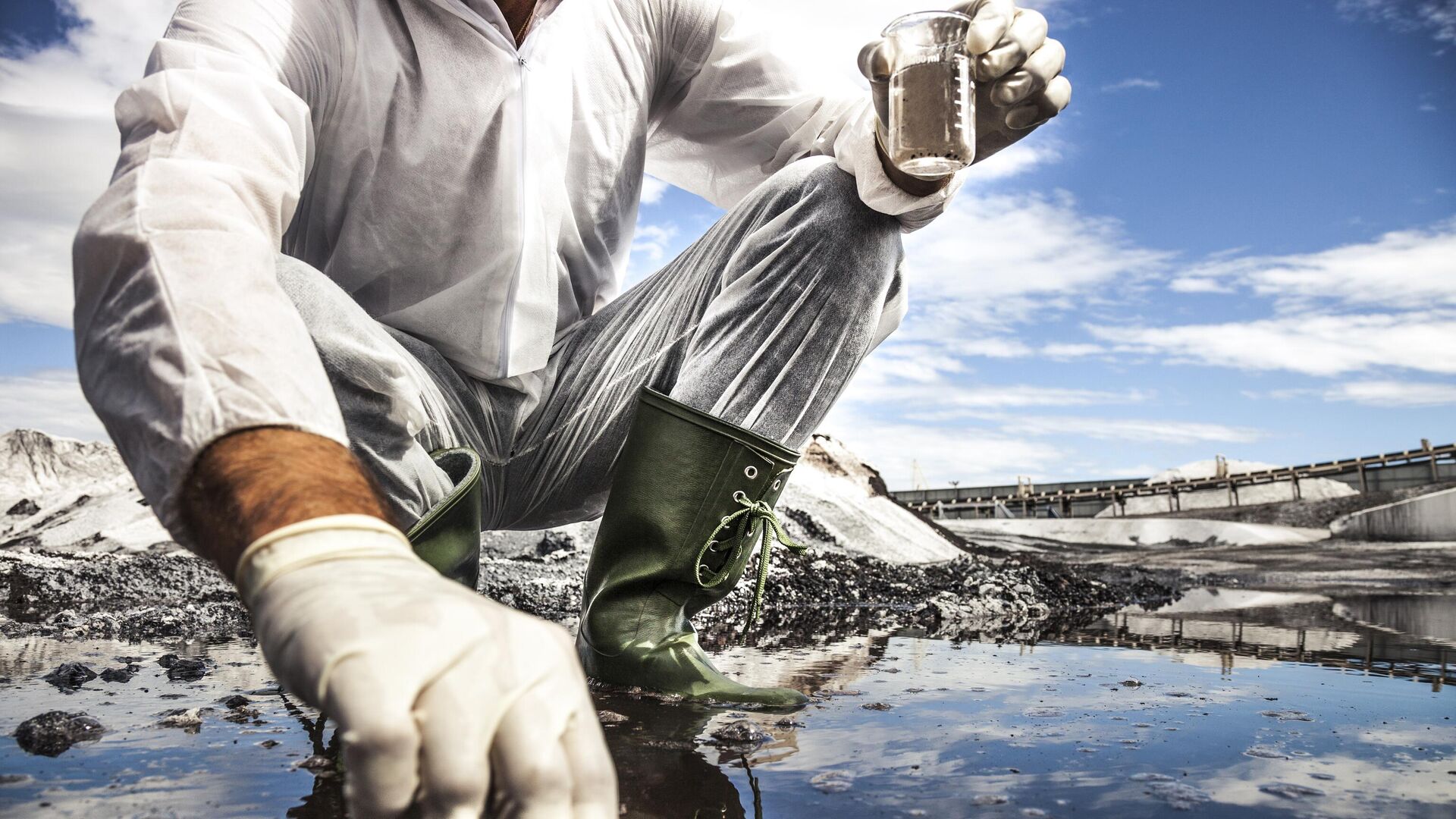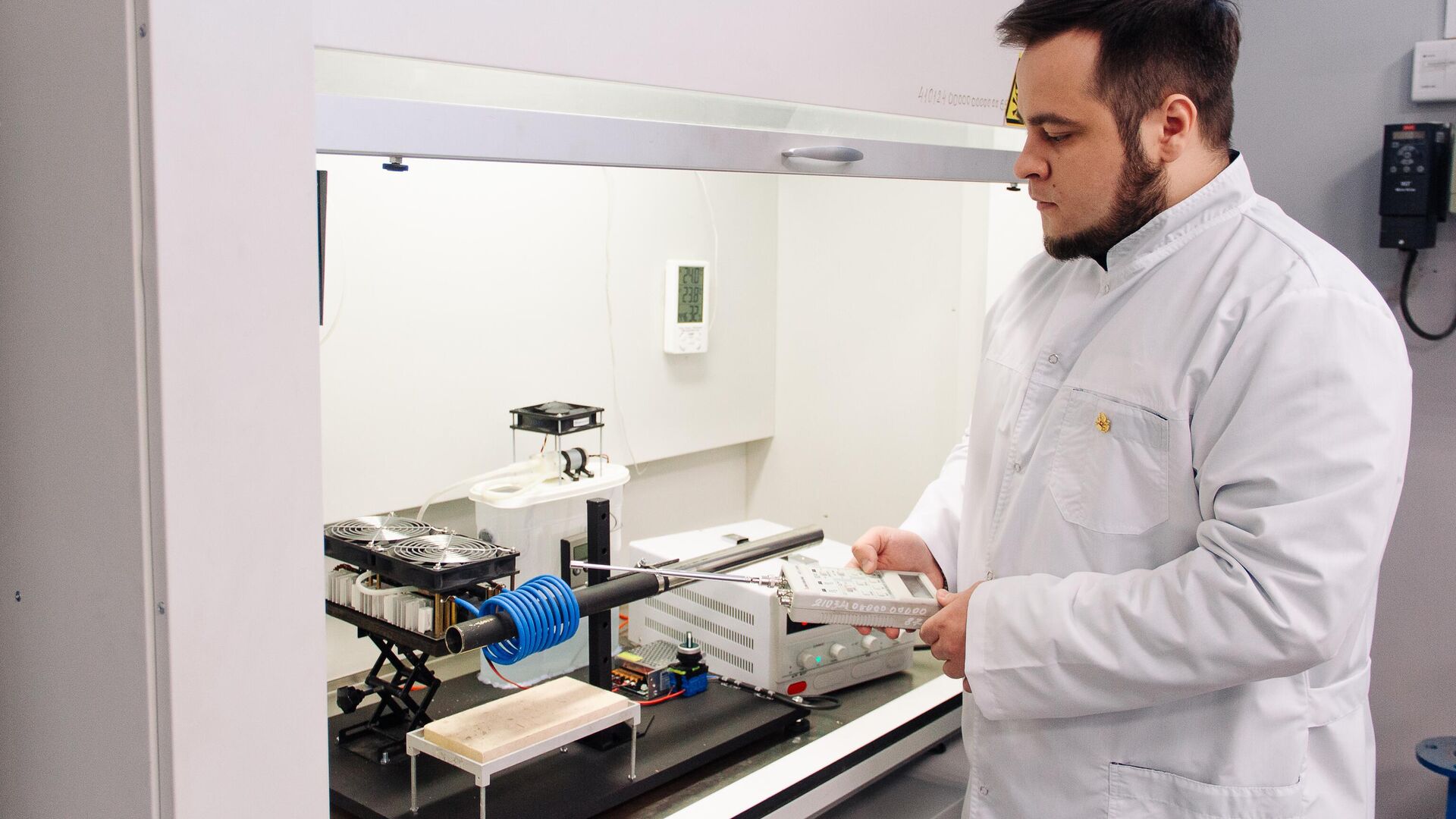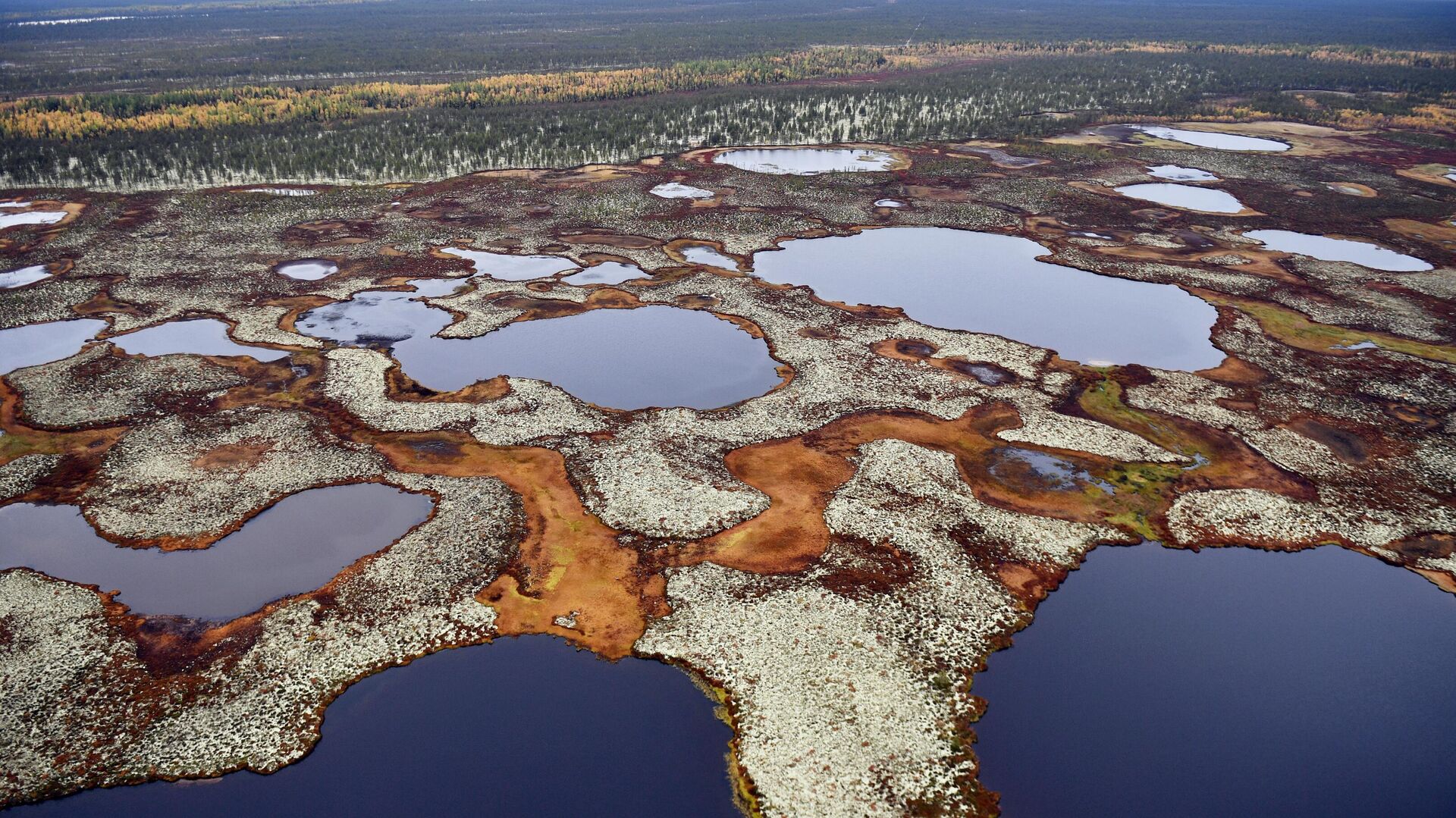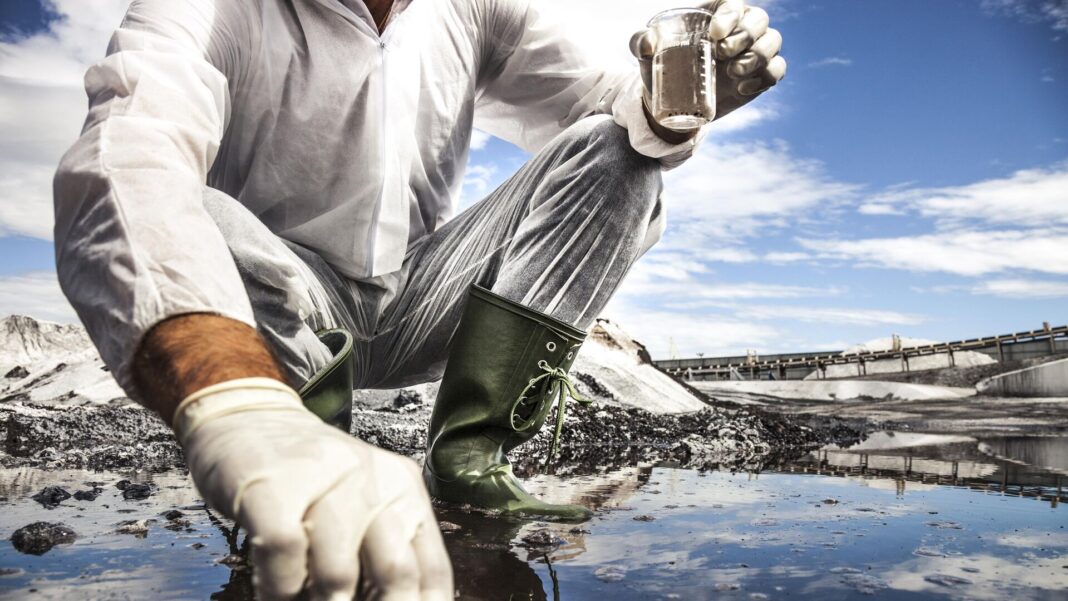
MOSCOW, June 20 Differences in the diversity of microorganisms in industrial waste dumps and in “clean” soil were discovered by biologists from Vyatka State University (VyatSU). According to the authors, the discovery may be the key to determining the acceptable level of man-made impact on the environment. The results were published in the journal Contemporary Problems of Ecology.
As explained at the university, soil microorganisms play an important role in the cycle of nutrients and maintaining the stability of the ecosystem. However, today it is becoming increasingly difficult for them to cope with increasing technogenic pressure, which changes the composition, diversity, ratio of groups and the nature of vital activity of the microbial population of the soil, which directly affects the balance in nature and the safety of the environment for humans.
According to scientists, one of the most powerful factors that have a negative impact on natural ecosystems today is industrial waste.
VyatSU scientists examined a landfill where liquid chemical waste was buried 12 years ago, covered with sand, clay, lime and gypsum, and found microorganisms there that are not found in the “clean” soil of the nearest reserve.
Thanks to modern research methods, biologists have been able to obtain information at a fundamentally new level. They studied the genomes (the totality of genetic material) of entire communities and identified both dominant and rare species of microbes, many of which could not be detected by traditional methods.
In addition, the researchers found that in young technogenic soils (technosols), transformed as a result of human activity, the ratio of different groups of microorganisms differs from the diversity found in natural soil. Scientists noted that these changes can serve as an indicator of technogenic pollution of the environment, and also make it possible to identify negative trends and develop measures to prevent them.
“»The study of microorganisms in technogenically polluted soils is an important step towards understanding how anthropogenic activities affect on our planet. The data we obtained can be used to develop measures to protect the soil and preserve the “health” of the environment,” said Irina Shirokikh, leading researcher at the Research Laboratory of Biomonitoring at Vyatka State University.
The researchers noted that their group, one of the few in Russia, assessed complexes of soil microorganisms using advanced metagenomic approaches, namely using the method of high-throughput next-generation sequencing (NGS), which allows parallel analysis of a large number of DNA and RNA fragments, and also quickly study the genomes of entire communities, which would be impossible to do with traditional techniques.
«The metagenomic approach allows us to identify specific enzymes and gain insight into the functioning pattern of microbial communities in the environment. Such studies are an important step in understanding the role of microorganisms in implementation of its ecosystem functions by the soil,” Shirokikh emphasized.
The research was carried out with the support of the Institute of Biology of the Komi Scientific Center of the Ural Branch of the Russian Academy of Sciences and was partially funded by the Federal Agrarian Scientific Center of the North-East named after. N.V. Rudnitsky.
< br />


